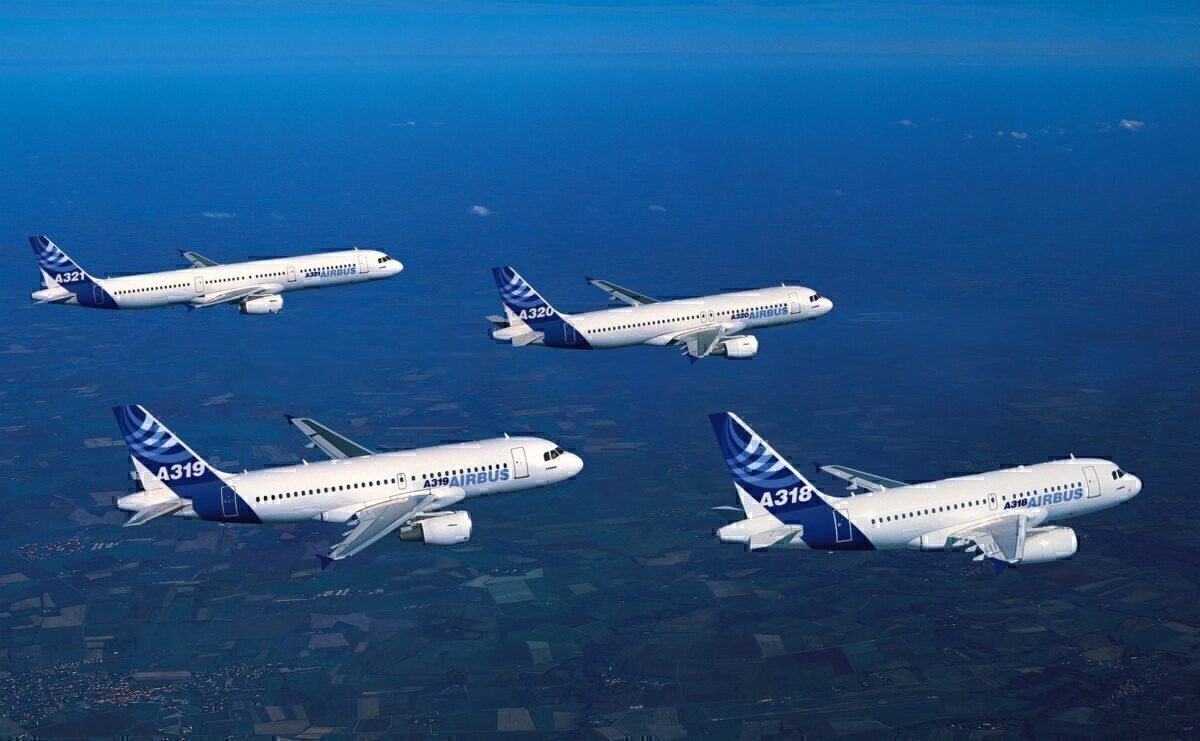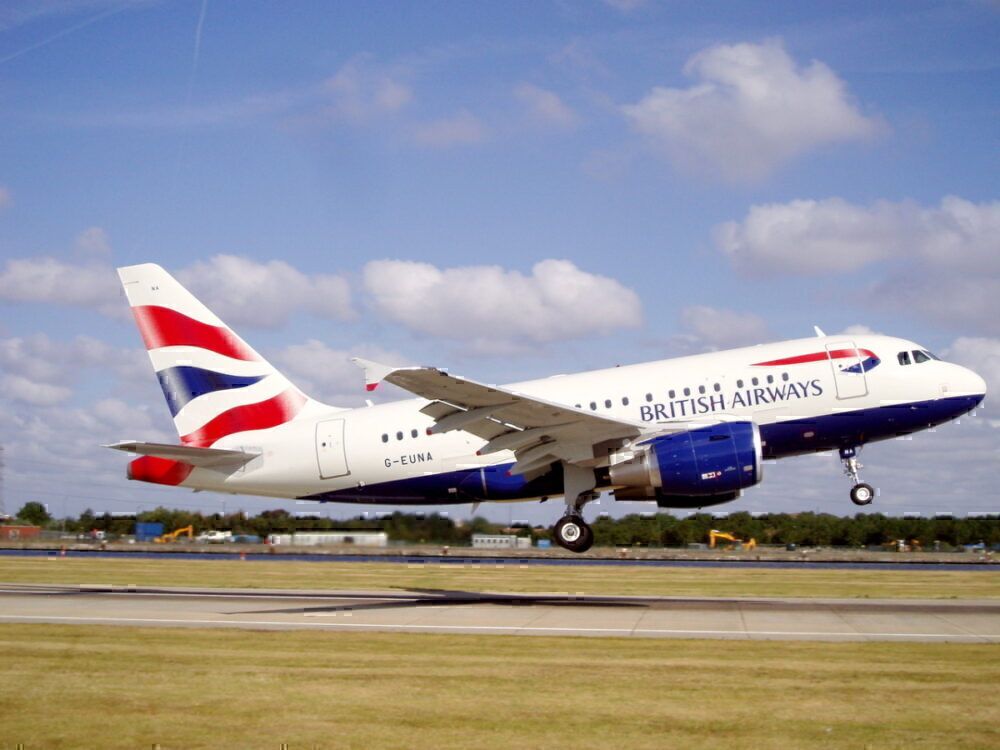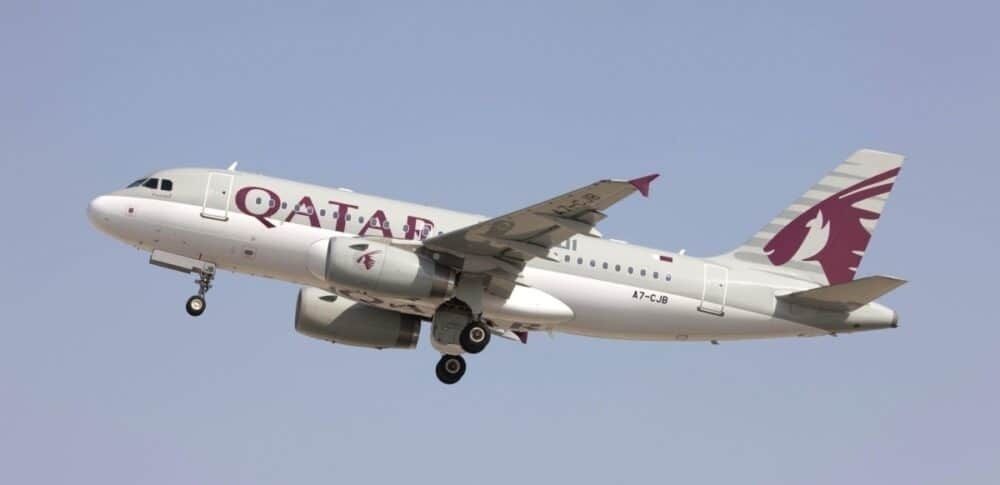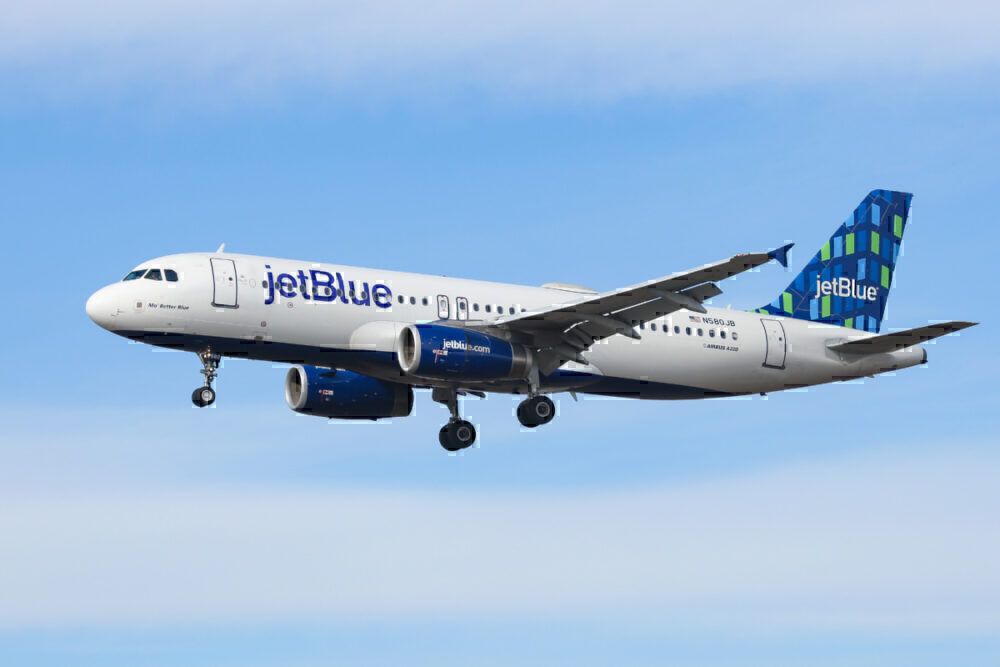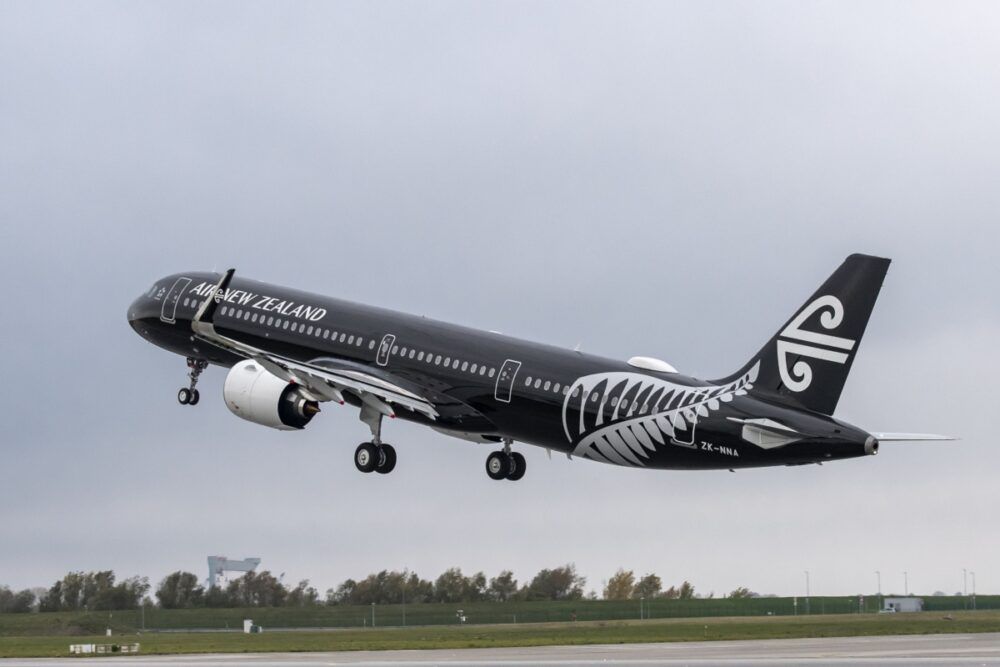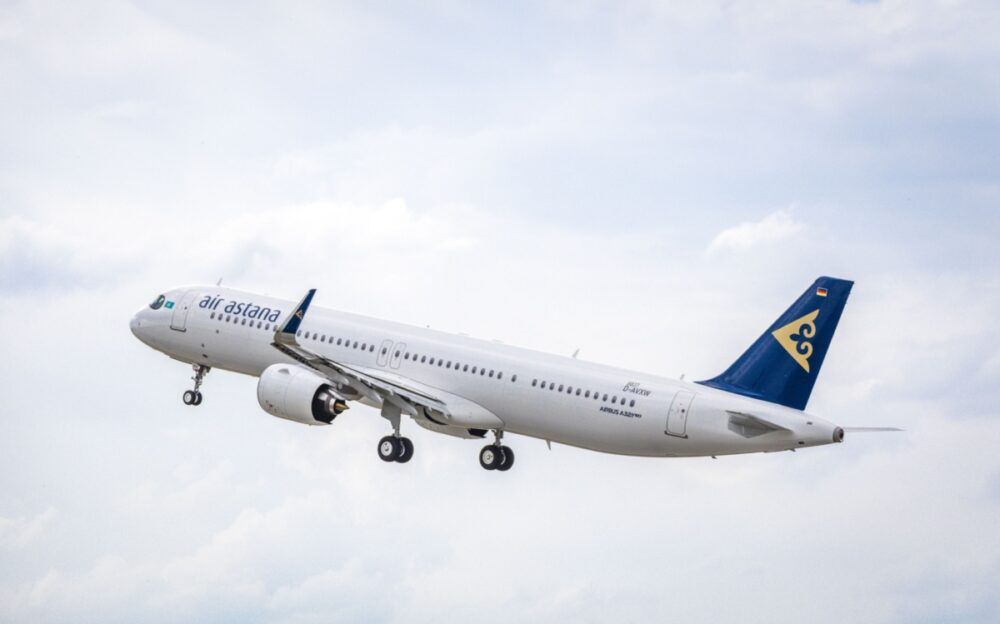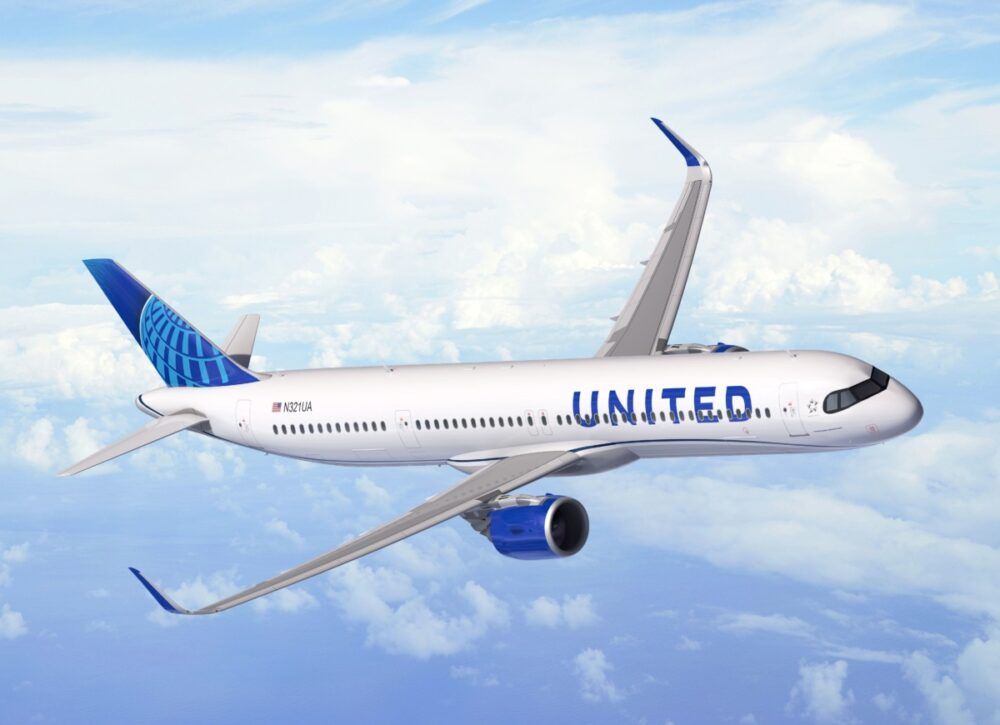The Airbus A320 family of aircraft recently surpassed Boeing's 737 family of jets for the total number of orders ever placed. It's a popular lineup and a core part of many airline fleets around the world. From the A318 to the A321, what are the key differences between the jets of the A320 family of aircraft?
Before we begin, this article will focus more on the naming convention and the general system of identifying the various aircraft in the family. We'll briefly touch on technical specifications, but it won't be the bulk of information.
An introduction to the family naming system
First of all, let's look at the naming system that Airbus has come up with for its A320 family of jets. This family of aircraft includes the following:
- A318
- A319
- A320
- A321
- A321LR
- A321XLR
The Boeing 737 family has the core of its name as well, "737." From there, variations are distinguished by suffixes: 737-400, 737-800, 737 MAX 8, etc.
As you can see, Airbus goes in a different direction for this group. While the aircraft listed above fall under the A320 family, only one type is actually called the A320, as it was the very first aircraft in the bunch to be conceived in the mid-1980s.
The remaining aircraft names go 'up and down' in increments of one and reflect on the aircraft's size, with the A318 being the smallest and the A321 the largest.
Interestingly, the A320 family of jets do have suffixes as well. However, the core role of these numbers is to distinguish the build version and engine choice rather than size. With a 30-plus year legacy, these suffixes will also help to differentiate and reflect upgrades to instrumentation.
The A318-100 is separated into the -111, -112, -121, and -122. Each variant represents a different engine. It's the same for the A320 and A321 - which have a few more variants and thus have both -100 and -200 lines.
Airbus' A220, A330, A340, and A350 families, however, do indeed use suffixes to distinguish size and capacity.
Introducing the NEO
It has gotten a little more confusing in recent years with the development of the NEO lineup of A320 family jets.
First announced in 2010, the NEO (new engine option) was an initiative to update the A320 family of jets with new engines - implementing the latest technological developments and making them more efficient. Simultaneously, the NEO jets were to have enough commonality with their predecessors to merit only a minimum amount of training for those already certified on the CEO (current engine option) line.
Stay informed: Sign up for our daily aviation news digest.
The A319, A320, and A321 were all updated to be NEOs, and thus their names would go on to be A319neo, A320neo, and A321neo. The A318 - affectionately given the nickname 'baby bus' - was never that popular to begin with. Thus Airbus never put the resources into developing a NEO variant of the tiny jet.
A321neo: A subfamily of aircraft
Without being able to predict the future, naming and designating aircraft can be a tricky thing to do. Planemakers have to respond to market needs and demands, and naming conventions may not necessarily suit the direction that aircraft lineups evolve towards.
Since Airbus has launched the NEO family, it has built on its success of tweaking and adjusting existing platforms. The planemaker took the A321neo and developed two additional variants: The A321LR and the A321XLR.
The LR in the A321LR name stands for 'long range' - 15% more range than the A321neo, to be exact. This is achieved with the addition of three auxiliary fuel tanks. However, according to Epsilon Aviation, the A321LR loses around 1.5 metric tons in maximum payload capacity because of this additional weight.
Airbus' most recent single-aisle offering is the A321XLR - or 'extra long range.' This new aircraft was launched last year and was a massive success from the start, with airlines all over the world placing orders.
The additional range of the XLR over the LR was achieved by equipping it with a permanent rear center tank as explained by Airbus:
"The RCT, which is unique to the new long-range A321XLR, is a permanently installed high-capacity fuel tank that makes maximum volumetric use of the aircraft’s lower fuselage. The RCT structure [...] is located behind the main landing gear bay and holds up to 12,900 litres – which is more fuel than several optional Additional Centre Tanks (ACTs) combined could hold previously in the A321 Family."
Aviation Voice notes that this latest aircraft will have a maximum take-off weight of 101 metric tonnes compared with the current 97-metric-tonne A321LR variant. Airbus adds that the XLR is updated with a stronger fuselage and main landing gear, as well as the incorporation of a modified inboard wing flap for improved low-speed performance. Finally, the XLR has larger capacities for the aircraft's water and waste tanks.
The specifications
This article wouldn't be complete without at least listing some basic specifications for the sake of comparison. Here's how the aircraft differ according to Airbus' website:
- The A318 has a range of 5,750km (3,570mi) and a typical two-class capacity of 90-110.
- The A319neo has a range of 6,850km (4,250mi) and a typical two-class capacity of 120-150.
- The A320neo has a range of 6,300km (3,915mi) and a typical two-class capacity of 150-180.
- The A321neo* has a range of 7,400km (4,000mi) and a typical two-class capacity of 180-220.
- The A321XLR has a range of 8,700km (5,405mi) and a typical two-class capacity of 180-220.
*Interestingly, the A321neo and A321LR have identical specifications on Airbus' website, leading to some confusion and ambiguity between the two models.
Did you know about the differences between these aircraft? Let us know in the comments.

